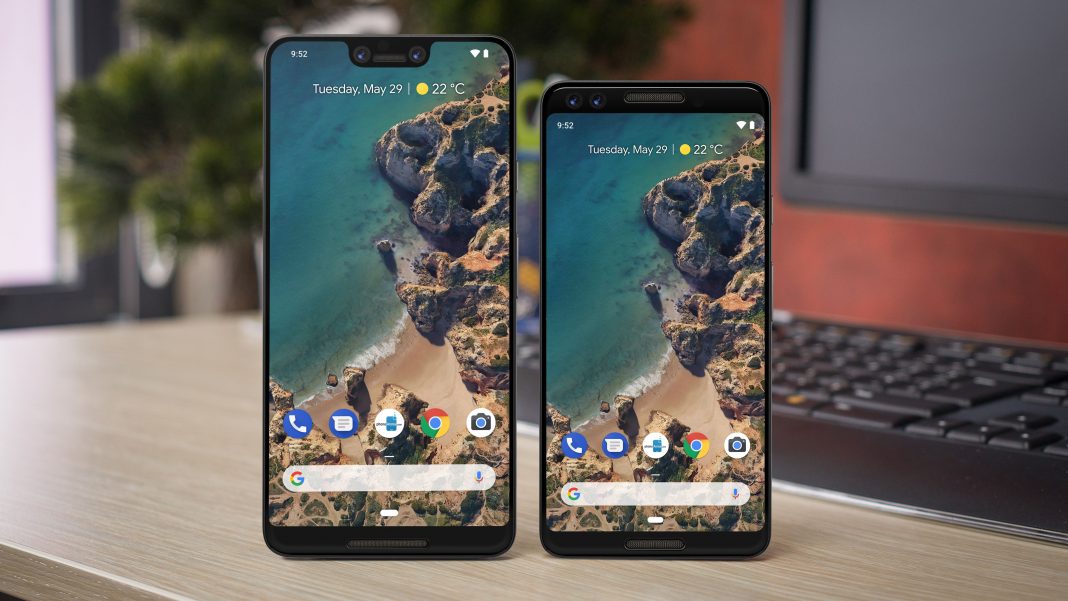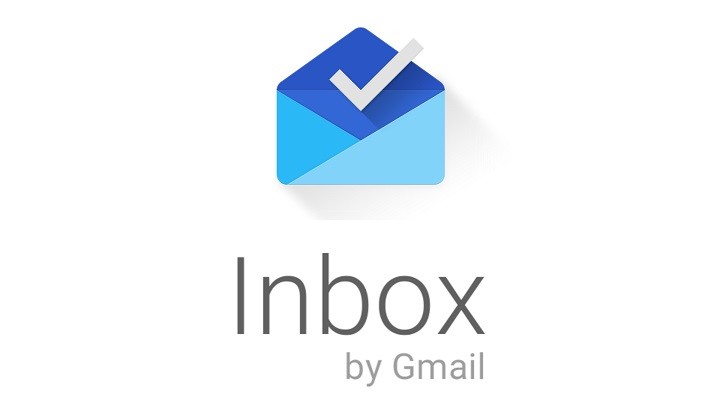Google’s G Suite & Target Joins the List of the Victims of Ongoing Bitcoin Scam
After the breach into the twitter accounts of the US and Israeli politicians, as well as the official account of the Indian Consulate in Frankfurt, on Monday, a group of hackers hacked the official Twitter account of the retail giant Target on the very next day.
In the brief time of half an hour, the hackers posted a fake tweet on the account to promote a malicious cryptocurrency giveaway. The fake giveaway’s worth was 5000 BTC (approx. $31 million), that was put on to the tweet with a QR code, Bitcoin address, and line of text that claims it will return deposits tenfold, to lure the naive investors. The tweet addressed the 1.92 million followers of Target’s twitter account and had asked them to send BTC on the given address, to become a part of the giveaway.

The hackers were smart enough, to put some replies on the tweet from some high-profile accounts, to make the tweet look more legit and convincing. The hacking lasted for a small time, and according to the Bitcoin insiders, the hackers were able to arrange not more than a handful of BTC from the followers.
In such a small time, the media and other parties got notice of the incident, and Target took control over its account back, just after thirty minutes of hacking and posted another tweet, that confirmed the hack. The tweet read, “Early this morning, Target’s Twitter account was inappropriately accessed. The access lasted for approximately half an hour and one fake tweet was posted during that time about a Bitcoin scam.”
After taking the control over its Twitter account, Target is still in active discussions with the social media platform, regarding the matter. Not more than a few hours passed for the Target’s twitter hack, another hack came into light when another major account i.e., the official Twitter account for Google’s G Suite, a group of software/products that includes Drive, Docs, Gmail, Hangouts, and others, was hacked by the hackers. The hackers posted a similar fake tweet on the account that mentioned a giveaway of 10000 BTC to the winners of the giveaway. The tweet included a similar link along with an image of a QR code and Bitcoin address. Google was quick to take down the tweet, and it still has to confirm the breach.
Other breaches like the hacking of the official account of Elon Musk and the major European film company, Pathé, which took place earlier this month, and TV Chef, Tyler Florence had also occurred around last month, and now Target as well as Google has also joined the list. For now, there has been no other news of any other hacking of any account, and we can expect that Twitter will now be more focused on the security of the accounts of its users.

Yashica is a Software Engineer turned Content Writer, who loves to write on social causes and expertise in writing technical stuff. She loves to watch movies and explore new places. She believes that you need to live once before you die. So experimenting with her life and career choices, she is trying to live her life to the fullest.




